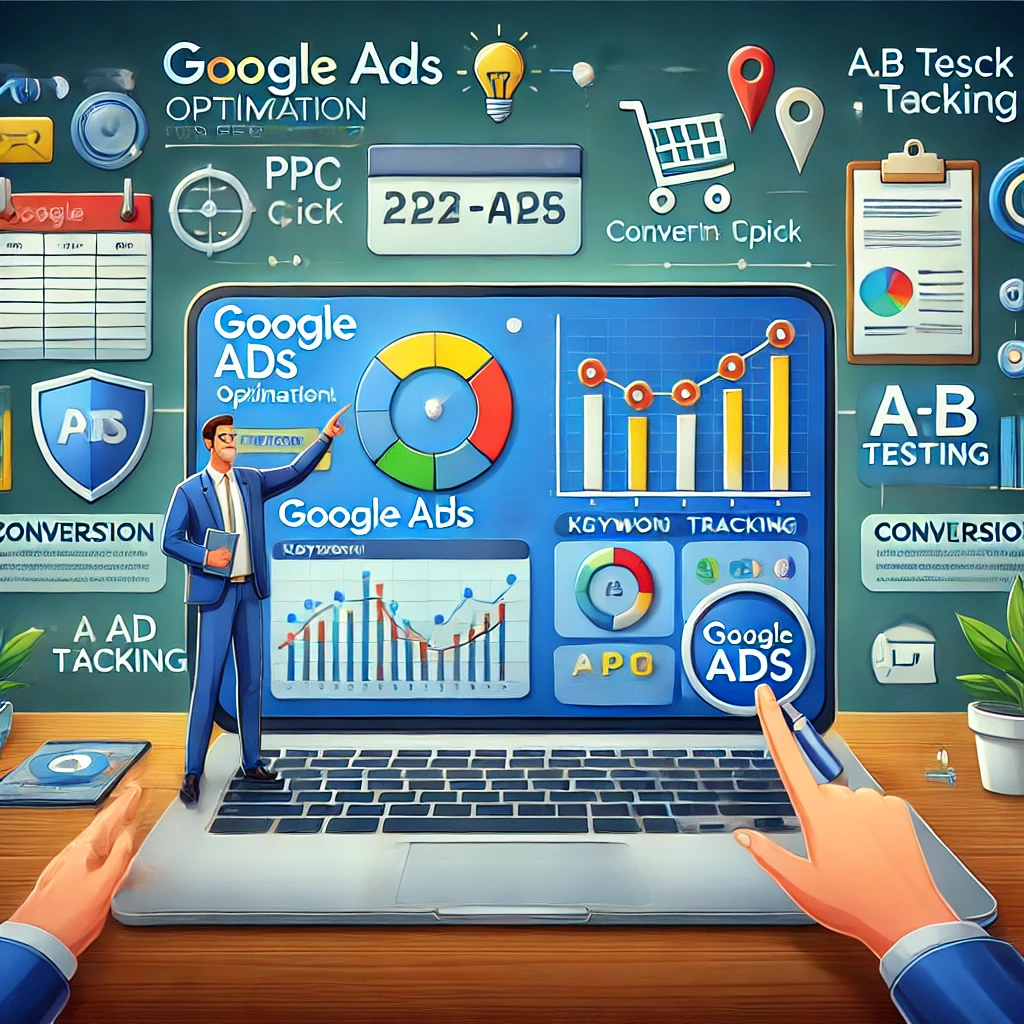Introduction
In the ever-evolving landscape of digital marketing, understanding your target audience is crucial for success. A well-defined buyer persona helps you create personalized marketing strategies, improve customer engagement, and enhance conversion rates. This guide will walk you through the process of developing a buyer persona and how it can elevate your marketing efforts.

What is a Buyer Persona?
A buyer persona is a semi-fictional representation of your ideal customer, based on market research and real data about your existing customers. It includes demographic information, interests, behaviors, pain points, and purchasing habits. By developing buyer personas, businesses can tailor their marketing strategies to attract and retain the right audience.
Why is a Buyer Persona Important?
- Better Audience Targeting: A buyer persona helps identify the right customers, ensuring marketing efforts reach those who are most likely to engage.
- Personalized Marketing: Knowing your audience enables you to create personalized content, improving engagement and conversions.
- Enhanced Customer Experience: Understanding customers’ pain points and expectations allows businesses to provide better solutions and experiences.
- Improved Product Development: Businesses can design products or services that meet the specific needs of their target customers.
- Optimized Advertising Campaigns: With detailed insights into your audience, paid marketing efforts yield better ROI by focusing on high-converting customers.
Steps to Creating a Buyer Persona
1. Conduct Market Research
Start by gathering data from various sources to understand your audience better. Use methods like:
- Surveys and Questionnaires: Collect information directly from your existing customers.
- Customer Interviews: Conduct interviews to gain deeper insights into customer needs and expectations.
- Website and Social Media Analytics: Platforms like Google Analytics and Facebook Insights provide valuable data on audience demographics and behavior.
- Competitor Analysis: Study your competitors’ audience to refine your own targeting.
2. Identify Demographics
Demographics play a crucial role in defining your buyer persona. Key factors to consider include:
- Age
- Gender
- Location
- Income level
- Education
- Occupation
3. Understand Psychographics
Beyond demographics, psychographics help you understand the behavioral and emotional aspects of your audience. This includes:
- Interests and hobbies
- Values and beliefs
- Buying behavior
- Pain points and challenges
- Motivations and goals
4. Define Customer Pain Points
Understanding customer struggles allows you to position your products or services as solutions. Ask questions like:
- What problems do they face in their daily lives?
- How do these issues affect their decisions?
- What are their frustrations with existing solutions?
5. Identify Buying Behavior
Analyze how your audience interacts with your brand and the factors influencing their purchase decisions. Consider:
- Preferred shopping platforms (online vs. offline)
- Decision-making process
- Factors influencing purchase (price, quality, brand trust, etc.)
- Preferred content type (blogs, videos, social media posts, etc.)
6. Create a Persona Profile
Once you have collected all the necessary data, create a well-defined buyer persona. Here’s an example:
Name: Rahul Sharma
Age: 30
Location: Delhi, India
Occupation: Marketing Manager
Income: INR 10,00,000 per year
Pain Points: Struggles with finding effective digital marketing tools, time management issues
Goals: Improve team productivity, stay updated with the latest marketing trends
Buying Behavior: Prefers online research before purchasing, values expert recommendations
Preferred Channels: LinkedIn, industry blogs, YouTube
7. Use the Persona in Your Marketing Strategy
Now that you have a buyer persona, integrate it into your marketing efforts:
- Content Marketing: Create blog posts, videos, and guides that address the persona’s pain points and interests.
- Social Media Strategy: Choose the right platforms and craft engaging content that resonates with your audience.
- Email Marketing: Personalize emails based on user preferences and behaviors.
- Advertising Campaigns: Optimize ad targeting using demographic and behavioral insights.
- Sales Approach: Train your sales team to tailor their pitch based on the buyer persona’s needs.
Conclusion
Creating a buyer persona is a fundamental step in building a successful marketing strategy. By understanding your audience’s demographics, behaviors, and challenges, you can craft targeted campaigns that drive engagement and conversions. Continuously refine your buyer persona as market trends and consumer behaviors evolve, ensuring your marketing efforts remain relevant and effective.
